Please filter by different types of publications
All Leaflets and Articles
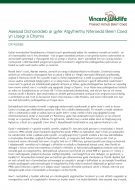
Gallai trawsleoliad llwyddiannus o felaod coed i gynefinoedd addas lle roeddent unwaith yn bodoli – un ai’n hanesyddol neu’n fwy diweddar – fod yn gam sylweddol ymlaen o ran gwella statws cadwraethol ac amrywiaeth genetegol y rhywogaeth hon yn Lloegr a Chymru. Mae’r adroddiad hwn yn cynnig asesiad cychwynnol o ddichonoldeb ymgymryd â gwaith trawsleoli i atgyfnerthu poblogaethau sydd eisoes yn bodoli ac sydd wedi methu adfer yn naturiol.
Download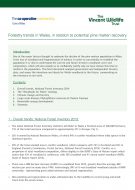
One of the major factors thought to underpin the decline of the pine marten population in Wales is the loss of woodland and fragmentation of habitat. In order to successfully re-establish the population it is vital to understand the current and future trends in woodland cover and composition.
Download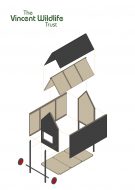
We have recently developed and tested a design for a night roost for lesser horseshoe bats. More information and the design of the night roost is detailed in this document.
Download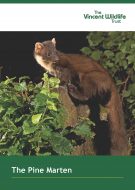
An introduction to the pine marten. Including an overview of its history and current status in Britain, ecology and behaviour, pine martens and the law, and The Vincent Wildlife Trust’s work with the species.
Download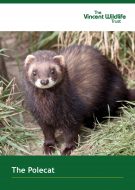
The polecat is a native British mammal and is widespread in western Europe. The polecat belongs to the weasel family, the Mustelidae, comprising over 60 species of badgers, otters, skunks, martens, mink, ferrets, stoats and weasels. Like many in this family, the polecat has a long body with short legs. It is generally dark in colour, especially on its chest, legs and tail that are covered in near-black fur.
Download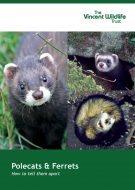
This leaflet gives the key distinguishing characters that separate polecats, ferrets and their hybrids. Given their close relationship, it is not surprising that it may be very difficult to distinguish them in the field. Reliable ways of telling polecats and ferrets apart is from close examination of the pelage and skull of a specimen and analysis of mitochondrial DNA.
Download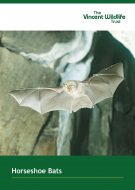
Worldwide there are over 85 species of horseshoe bats. Five are found in Europe, but only two, the greater and lesser horseshoe bat, are native to the British Isles. Horseshoe bats have a circular flap of skin surrounding their nostrils and the horseshoe shape of this ‘nose-leaf’ gives these bats their name.
Download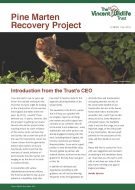
This newsletter is the first in a series that will keep you updated with the progress of VWT’s Pine Marten Recovery Project, report on all things pine marten and solicit support and comment on our activities.
Download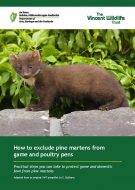
This leaflet provides information on practical steps you can take to protect game and domestic fowl from pine martens. Details are provided on preventative methods such as line wire and overhang electric fencing and pop holes. Guidance is also given on making hen houses marten-proof.
Download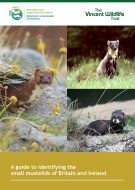
The small mustelids are characterised by their long thin body shape, which enables them to follow their prey down small tunnels and burrows. However, because of their similar body shape they can be difficult to distinguish from each other. This guide helps with the identification of the mustelid family.
Download